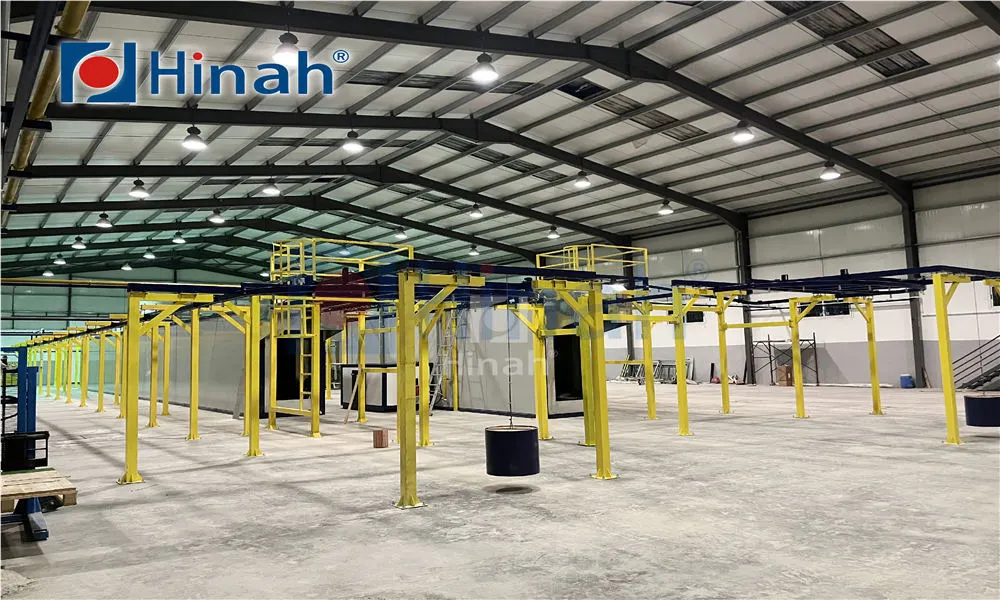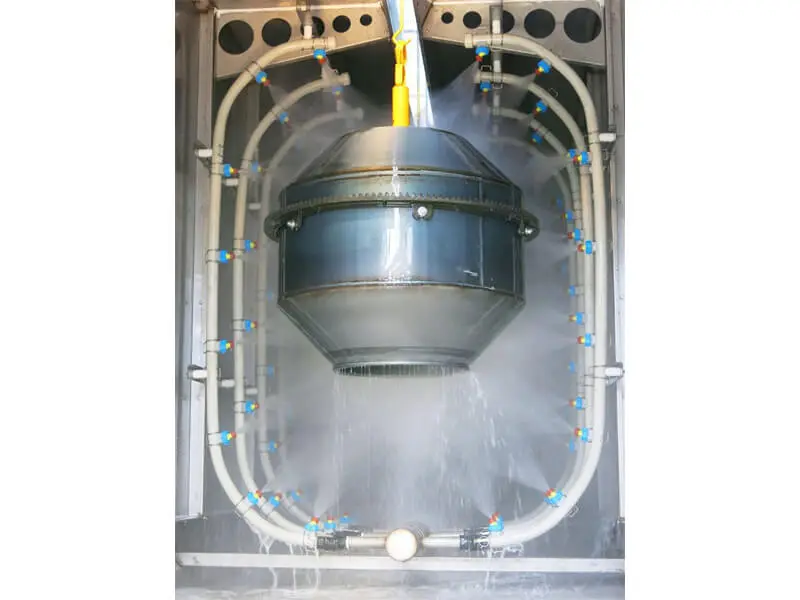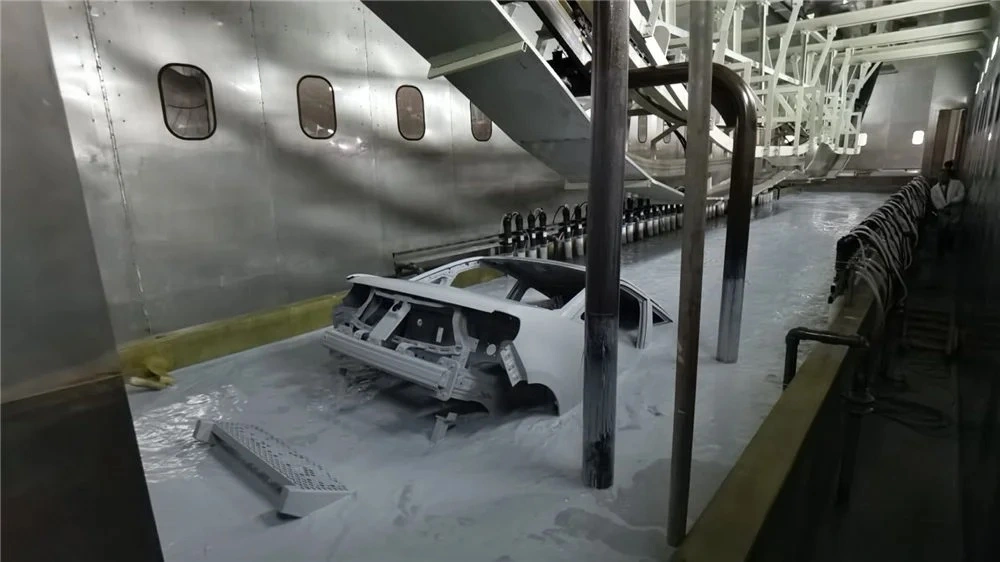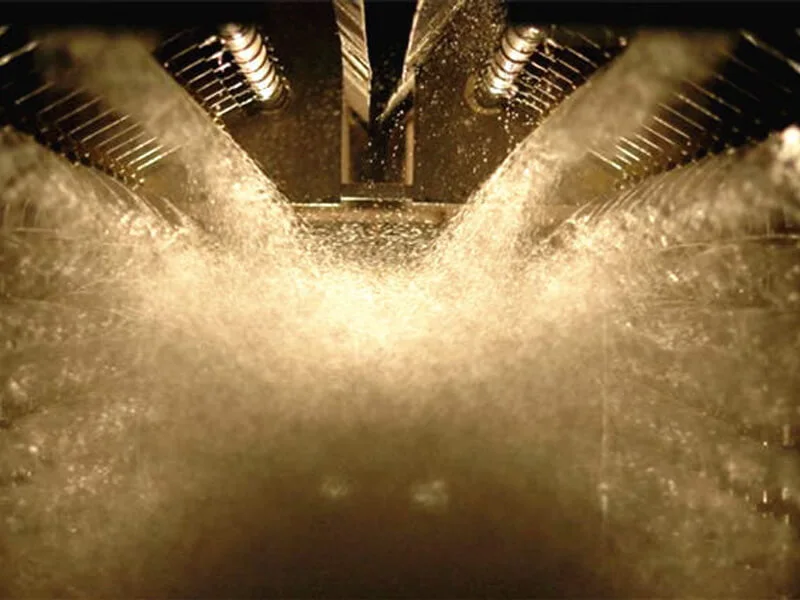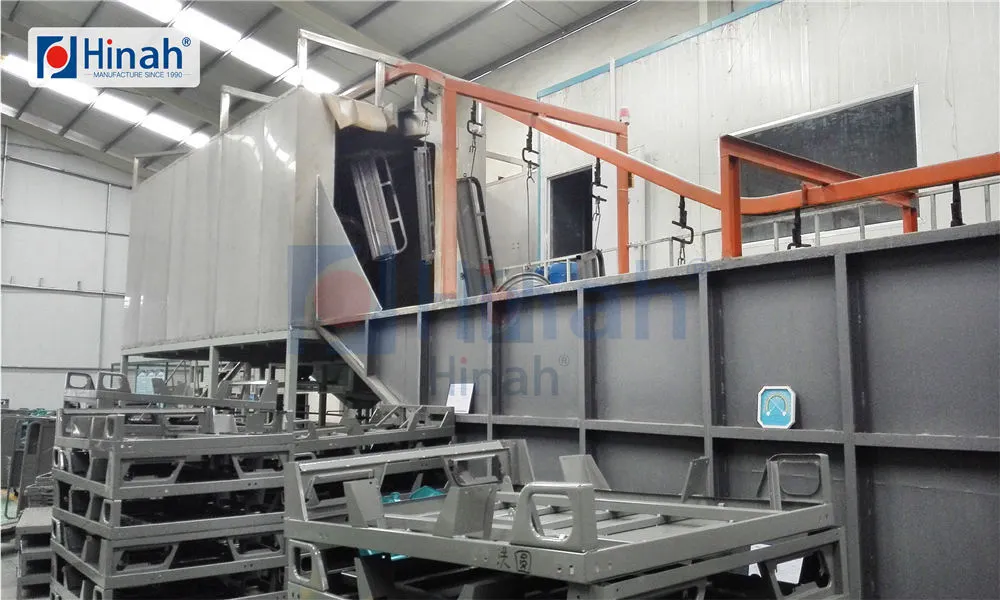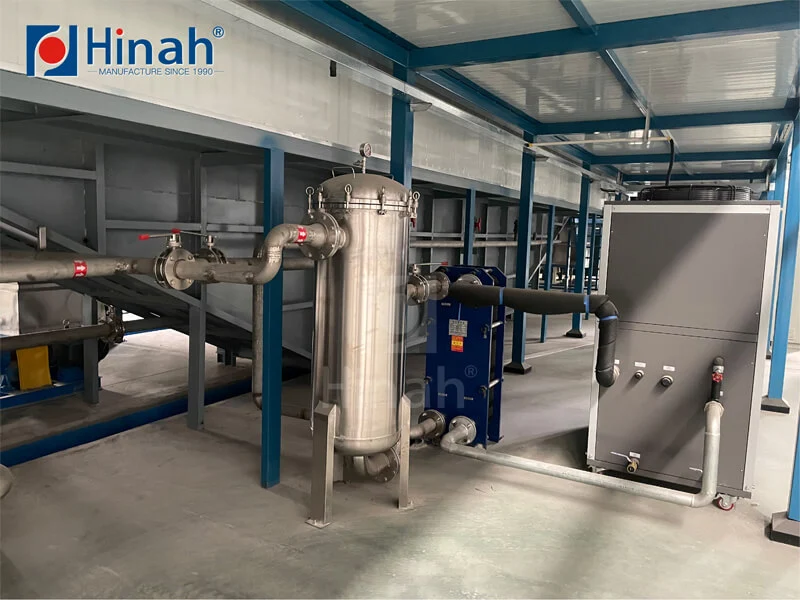In the world of modern manufacturing, finish and durability are paramount. The powder coating production line stands as a cornerstone technology for applying high-quality, resilient, and environmentally friendly finishes to a vast array of products, from automotive parts and household appliances to architectural aluminum and industrial machinery. This comprehensive guide delves deep into the intricacies of the powder coating manufacturing process, explores the often-overlooked powder coating powder manufacturing process, and highlights common challenges faced in operation. Whether you are a manufacturing engineer, a business owner, or simply curious about industrial processes, this article provides valuable insights into this efficient finishing method.
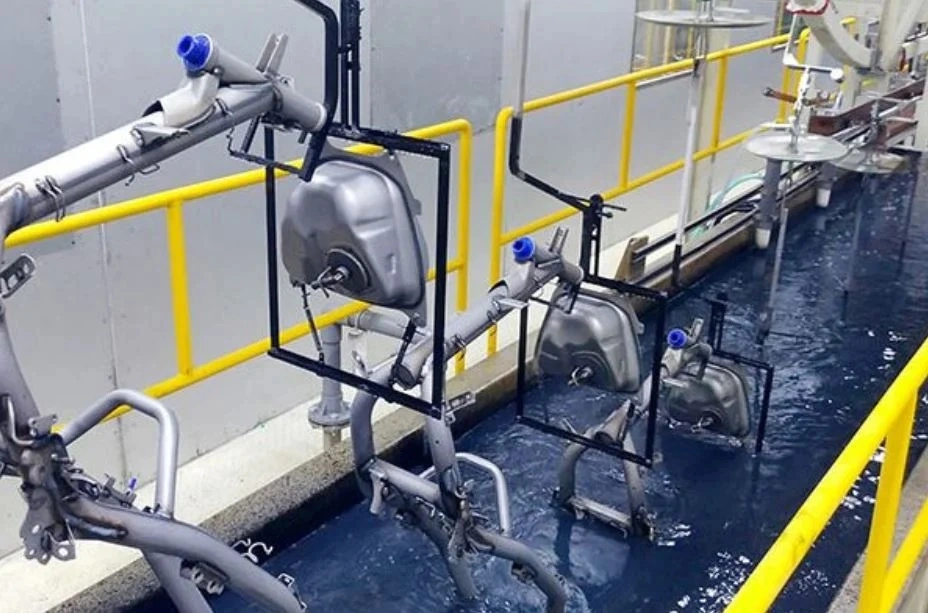
A powder coating production line is a complete, integrated system designed for the high-volume application of dry powder paint onto metal substrates. Unlike traditional liquid painting, this process involves applying electrostatically charged powder particles that are then cured under heat to form a durable, hard finish that is often more robust than conventional paint. The line is typically a conveyorized system that moves parts through a series of stages in a precisely controlled sequence. The efficiency, quality, and environmental benefits of a well-designed powder coating production line make it a preferred choice for many industries seeking a superior finish with reduced volatile organic compound (VOC) emissions.
The Powder Coating Manufacturing Process: A Step-by-Step Breakdown
The entire powder coating manufacturing process is a meticulously engineered sequence. Each stage is critical to achieving the final product's desired aesthetic qualities, corrosion resistance, and mechanical strength. Understanding this flow is essential for optimizing a powder coating production line.
Stage 1: Pre-Treatment - The Foundation of Adhesion
The success of the entire powder coating manufacturing process hinges on pre-treatment. This stage is designed to thoroughly clean and prepare the metal surface to ensure maximum powder adhesion and long-term corrosion resistance. A typical pre-treatment sequence for steel might include:
Cleaning: Parts are washed to remove oils, greases, dirt, and other contaminants. This is often done using alkaline or acidic cleaning chemicals in spray or immersion tanks.
Rinsing: Multiple rinsing stages with clean water remove any residual cleaning chemicals from the surface.
Surface Conversion (Phosphating or Chromating): This chemical process creates a micro-crystalline layer on the metal surface. This layer dramatically improves the adhesion of the powder coating and significantly enhances corrosion protection. For aluminum, a chromate or zirconium conversion coating is common.
Final Rinsing: A deionized water rinse is typically used as the final step to prevent mineral spots from forming on the clean surface before drying.
Drying: The parts must be completely dry before powder application. This is usually achieved in a heated drying oven.
Stage 2: Powder Application - The Heart of the Line
This is the core stage where the dry powder is applied. The prepared parts enter a dedicated spray booth. Here, automated or manual electrostatic spray guns charge the powder particles. The part, which is grounded, attracts the charged particles, creating a uniform layer. Overspray powder can be collected by a recovery system (often a cyclone and filters) and recycled back into the process, making it an extremely efficient operation with material utilization rates often exceeding 95%.
Stage 3: Curing - Transforming Powder into Finish
After application, the coated parts travel through a curing oven. The heat triggers a chemical crosslinking reaction in the powder. The particles melt, flow together, and then cure into a continuous, solid film. The curing temperature and time are specific to the powder chemistry and are critical parameters; deviation can lead to defects. The result is a smooth, durable, and high-performance finish.
The Powder Coating Powder Manufacturing Process
To fully appreciate the powder coating production line, one must understand the material itself. The powder coating powder manufacturing process is a complex operation that produces the raw material used in the application stage.
The primary raw materials are polymer resins (e.g., epoxy, polyester, polyurethane), curatives, pigments, flow modifiers, and other additives. The powder coating powder manufacturing process follows these key steps:
Pre-mixing: All dry ingredients are precisely weighed and blended in a large mixer to create a homogeneous premix.
Extrusion: The premix is fed into a heated extruder. The intense shear and heat melt the ingredients together, dispersing pigments and additives evenly within the resin matrix. This creates a uniform, molten composite.
Cooling and Flaking: The extruded material is pressed onto cooling rollers, forming a thin, solid sheet. This brittle sheet is then broken into small, flat chips.
Milling and Grinding: The chips are fed into precision grinders or mills. They are pulverized to a specific, controlled particle size distribution, which is crucial for consistent electrostatic application and film appearance.
Classification: The ground powder is sieved to remove overly large or fine particles, ensuring a consistent and predictable product that performs reliably on the powder coating production line. The final product is then packaged in sealed containers to prevent moisture absorption.
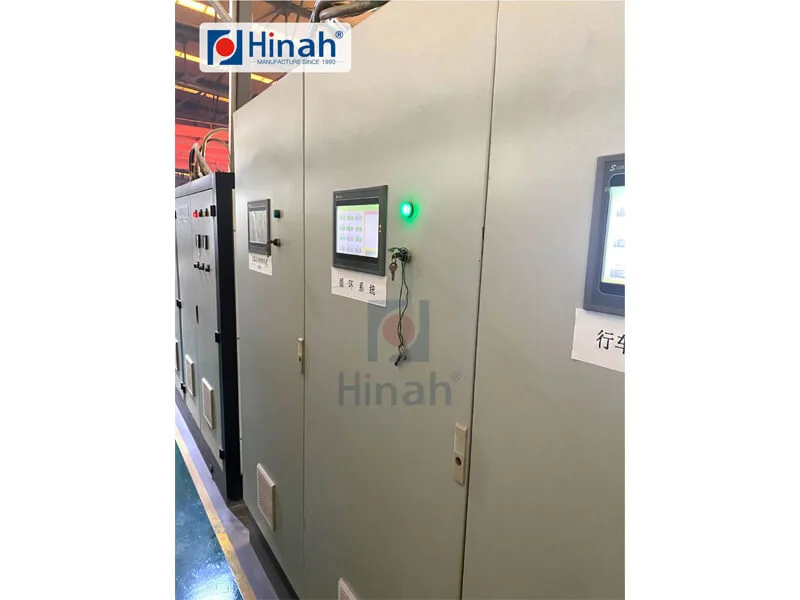
Common Problems in a Powder Coating Production Line
Even the most sophisticated powder coating production line can encounter issues. Identifying and troubleshooting these problems quickly is key to maintaining quality and efficiency.
1. Poor Adhesion and Film Peeling
This occurs when the coating fails to properly stick to the substrate.
Causes: Inadequate pre-treatment (leftover oil, rust, or contamination), insufficient curing (low temperature or short time), or condensation on the part before coating.
Solutions: Verify pre-treatment chemical concentrations, temperatures, and spray pressures. Monitor oven temperature profiles with data loggers. Ensure parts are completely dry and at room temperature before coating.
2. Orange Peel
A textured surface that resembles the skin of an orange, which is usually undesirable.
Causes: Improper powder film thickness, inadequate melting or flow during cure, or incorrect gun settings (e.g., voltage, air pressure).
Solutions: Adjust application parameters to achieve a uniform recommended thickness. Verify the curing oven temperature is correct and that the part reaches the required metal temperature. Check that the powder is stored correctly and is not expired.
3. Craters and Pinholes
Small, visible holes or deformations in the finished surface.
Causes: Surface contamination (oil, grease, silicone) outgassing from the substrate during curing (common with castings or welded parts), or moisture in the compressed air supply.
Solutions: Enhance pre-treatment and handling cleanliness to avoid contamination. Use a dehumidifier or dryer for the compressed air. For parts prone to outgassing, a longer pre-heat cycle can help release trapped gases before powder application.
4. Back Ionization (Faraday Cage Effect)
A problem where it becomes difficult to coat recessed areas or corners, resulting in thin coverage.
Causes: An excessive build-up of charged powder on edges and outer surfaces, which then repels further powder due to its same charge.
Solutions: Reduce gun voltage, use a slower application speed, or employ specialized guns designed to better penetrate Faraday cage areas.
5. Contamination and Inclusions
Foreign particles embedded in the cured film.
Causes: Dirty spray booth, contaminated powder (from poor recycling or mixing of colors), debris in the oven, or environmental dust.
Solutions: Maintain strict housekeeping protocols in the spray booth and oven. Regularly clean and check the powder recovery system. Ensure proper filtration of the compressed air.
A well-engineered and meticulously maintained powder coating production line is a testament to efficiency, quality, and environmental responsibility in industrial finishing. From the essential first step of pre-treatment to the complex chemistry of the powder coating powder manufacturing process, every detail contributes to the final product's performance. By understanding the complete powder coating manufacturing process and being vigilant about common issues like orange peel, adhesion failure, and contamination, operators can achieve consistent, high-quality finishes that protect and beautify products for years to come. Investing in proper training, regular maintenance, and process monitoring is the surest way to maximize the potential of any powder coating operation.


